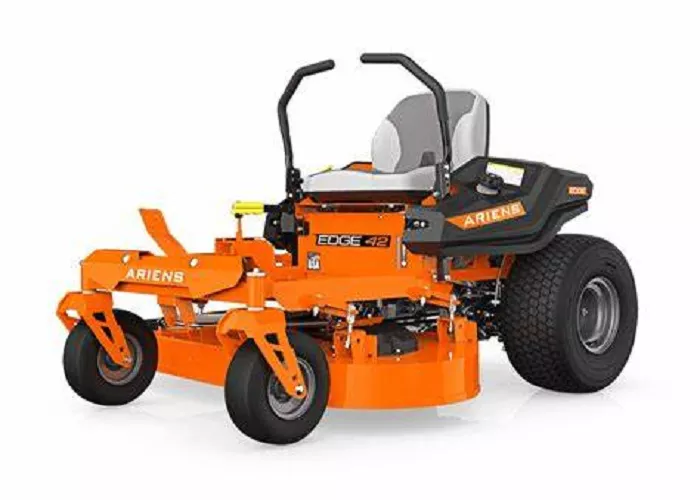Maintaining a lawn on hilly or sloped terrain can be challenging. Choosing the right mower is crucial for safety, efficiency, and lawn health. The wrong mower can lead to accidents, poor cutting performance, or even long-term damage to the grass.
Factors to Consider When Choosing a Mower for Hills
Slope Steepness
Gentle slopes (up to 15 degrees): Most mowers can handle mild inclines.
Moderate slopes (15–20 degrees): Self-propelled or heavy-duty push mowers are better.
Steep slopes (over 20 degrees): Specialized mowers (e.g., walk-behind or tracked mowers) are necessary for safety.
Lawn Size
Small to medium lawns: Push or self-propelled mowers work well.
Large lawns: Riding mowers or zero-turn mowers (with slope-specific models) are more efficient.
Terrain Type
Smooth, even slopes: Standard mowers may suffice.
Uneven or rough terrain: Mowers with larger wheels or tracked systems provide better traction.
Safety Concerns
Stability: Mowers with a low center of gravity reduce rollover risks.
Traction: Slip-resistant wheels or tracks prevent sliding.
User control: Self-propelled mowers offer better handling on inclines.
Grass Type & Cutting Needs
Thick or tall grass: High-powered mowers with adjustable cutting heights are ideal.
Fine grass: Lightweight mowers can work if the slope is manageable.
Best Mower Types for Hilly Lawns
Push Mowers
Pros
- Lightweight and easy to maneuver.
- No engine maintenance (for reel mowers).
Cons
- Physically demanding on steep terrain.
- Risk of slipping if the slope is too steep.
Walk-Behind
Pros
- Superior traction with tracks or heavy-duty wheels.
- Low center of gravity reduces tipping risk.
Cons
- Expensive compared to standard mowers.
- Requires more physical effort than riding mowers.
Robotic Mowers
Pros
- Fully automated, no manual effort.
- Some models can handle moderate slopes.
Cons
- Limited to certain slope angles (usually under 20 degrees).
- May struggle with thick grass or obstacles.
Zero-Turn Mowers
Pros
- Extremely fast and efficient.
- Excellent maneuverability around obstacles.
Cons
- High rollover risk on steep hills.
- Not designed for rough terrain.
Safety Tips for Mowing Hills
Mow Up and Down, Not Sideways: Reduces rollover risk.
Use Proper Footwear: Non-slip shoes improve traction.
Avoid Wet Grass: Slippery conditions increase accident risks.
Keep Blades Sharp: Prevents grass tearing and reduces strain on the mower.
Follow Manufacturer Guidelines: Never exceed recommended slope ratings.
Final Verdict
Best for gentle slopes (under 15°): Self-propelled mower (rear-wheel or AWD).
Best for moderate slopes (15–20°): Heavy-duty walk-behind mower.
Best for steep slopes (over 20°): Tracked or commercial-grade slope mower.
Best for large, mild slopes: Slope-rated zero-turn or riding mower (with caution).
For most homeowners, a self-propelled mower with rear-wheel or all-wheel drive is the safest and most efficient choice. For professionals or extreme slopes, a tracked walk-behind mower is the best option.
Conclusion
Choosing the right mower for hills depends on slope steepness, lawn size, and safety needs. While push mowers work for mild inclines, self-propelled or walk-behind mowers are better for moderate to steep terrain. Riding mowers should only be used on gentle slopes with caution.Always prioritize safety by checking slope limits, wearing proper gear, and maintaining your mower. With the right equipment and precautions, you can keep your hilly lawn looking pristine without unnecessary risks.

